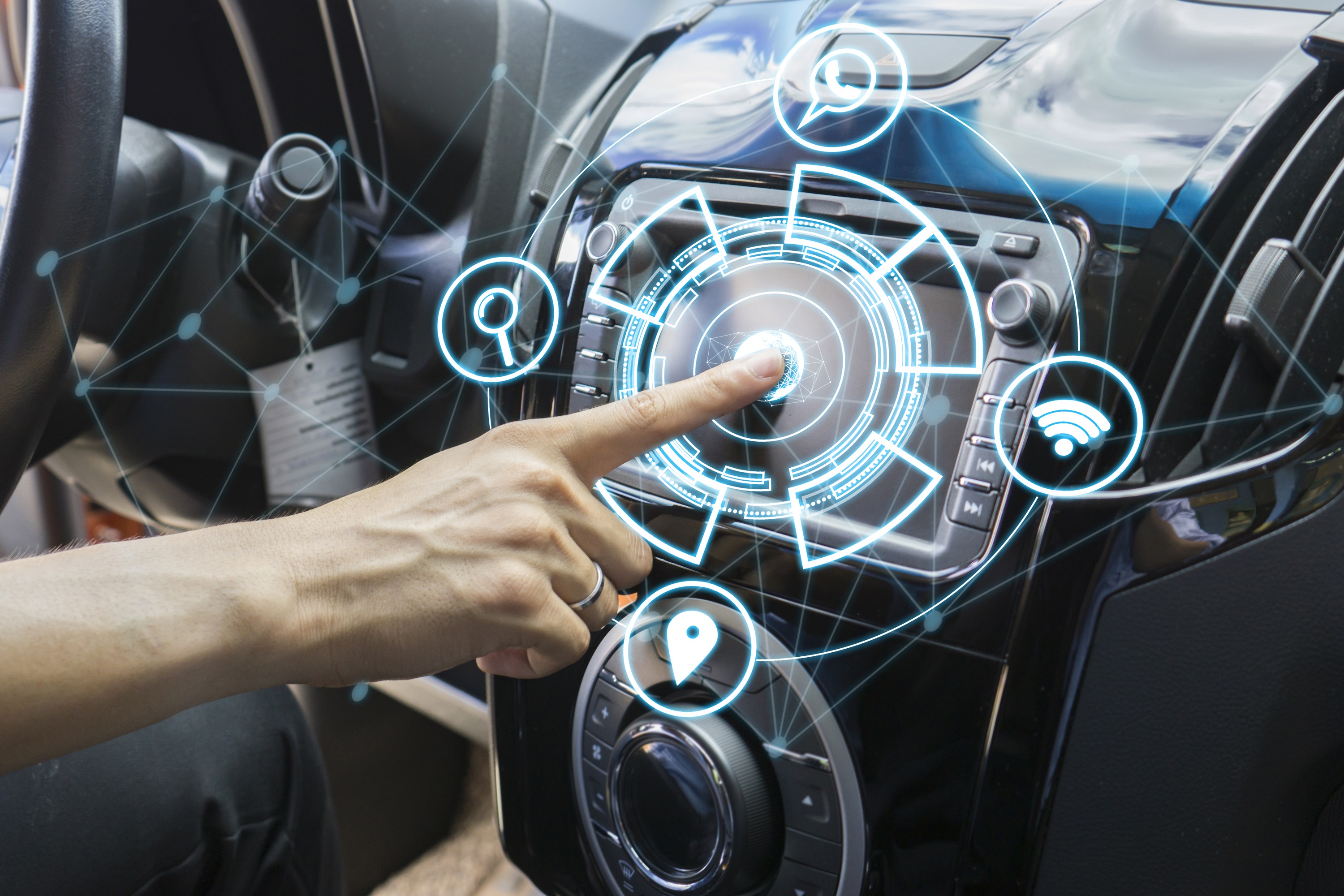Benefits of IoT-based Transportation
The IoT (Internet of Things) has made its presence felt in several industries, including the transportation sector. Some of the areas where IoT-based technologies have delivered benefits are rail transport, air transport and transport infrastructure in general. These benefits include cost savings, improved safety for people, materials, and vehicles, amongst others. Let us explore the benefits of IoT-based transportation in detail.
Applications of IoT in transportation
There are innumerable applications for GPS trackers, smart sensors and the like in the transport sector – regardless of whether it is commercial or personal transportation. As the industry adopts more tech solutions, IoT is fast becoming a game-changer.
In the United States, for example, the government regulator recently mandated commercial vehicles such as trucks and their drivers to install an Electronic Logging Device (ELD). This device generates a Record of Duty Status (RODS) which is essentially a report that specifies the driving versus idling times, mileage, rest periods, and other stats. This has released drivers from the onerous responsibility of manually filling out forms with this exact data. Thus, IoT provides value to the business and ensures that safety regulations are complied with.
Benefits of IoT-based transportation
IoT sensors in vehicles can send, collect, and receive data. This data can be used to alert drivers about road conditions farther along the way and also detours. Sensors can also monitor fuel consumption, which is valuable in long journeys as drivers can accurately decide when to refuel. Machine learning techniques can analyze data collected through IoT to monitor the wear and tear of a vehicle, allowing for preventative maintenance and reducing repair and replacement costs.
Some perishable items such as food are sensitive to temperature and climate changes. IoT can track and monitor these conditions throughout the duration of the journey so the driver can proactively resolve issues. In fact, cargo tampering is easier to monitor with IoT sensors. These sensors can provide data on when a package was opened and which items were tampered with.
IoT can help identify whether a vehicle is utilizing space efficiently. This is especially useful in the case of commercial vehicles. IoT can even be used to monitor the driver’s health and performance, thus reducing the risk of accidents. Every vehicle in a fleet can be monitored simultaneously with pinpoint location tracking, arrival and departure times, etc.
IoT-based transportation helps drivers, vehicle owners, transport management and even receivers to make more efficient and informed decisions and to perform at higher efficiency. IoT has already made its usefulness known in the transportation industry and IoT-based solutions will increase exponentially in the near future.

